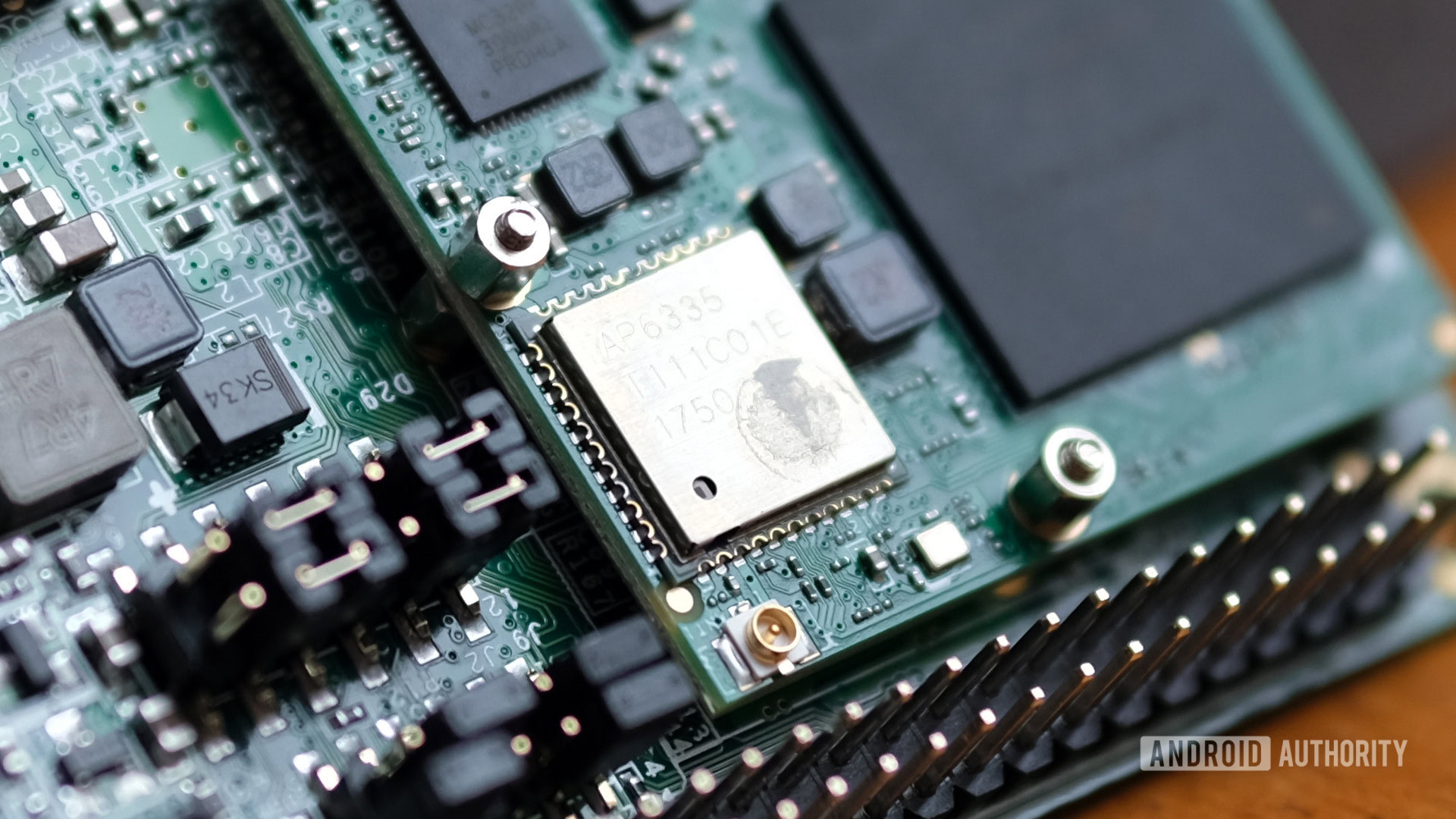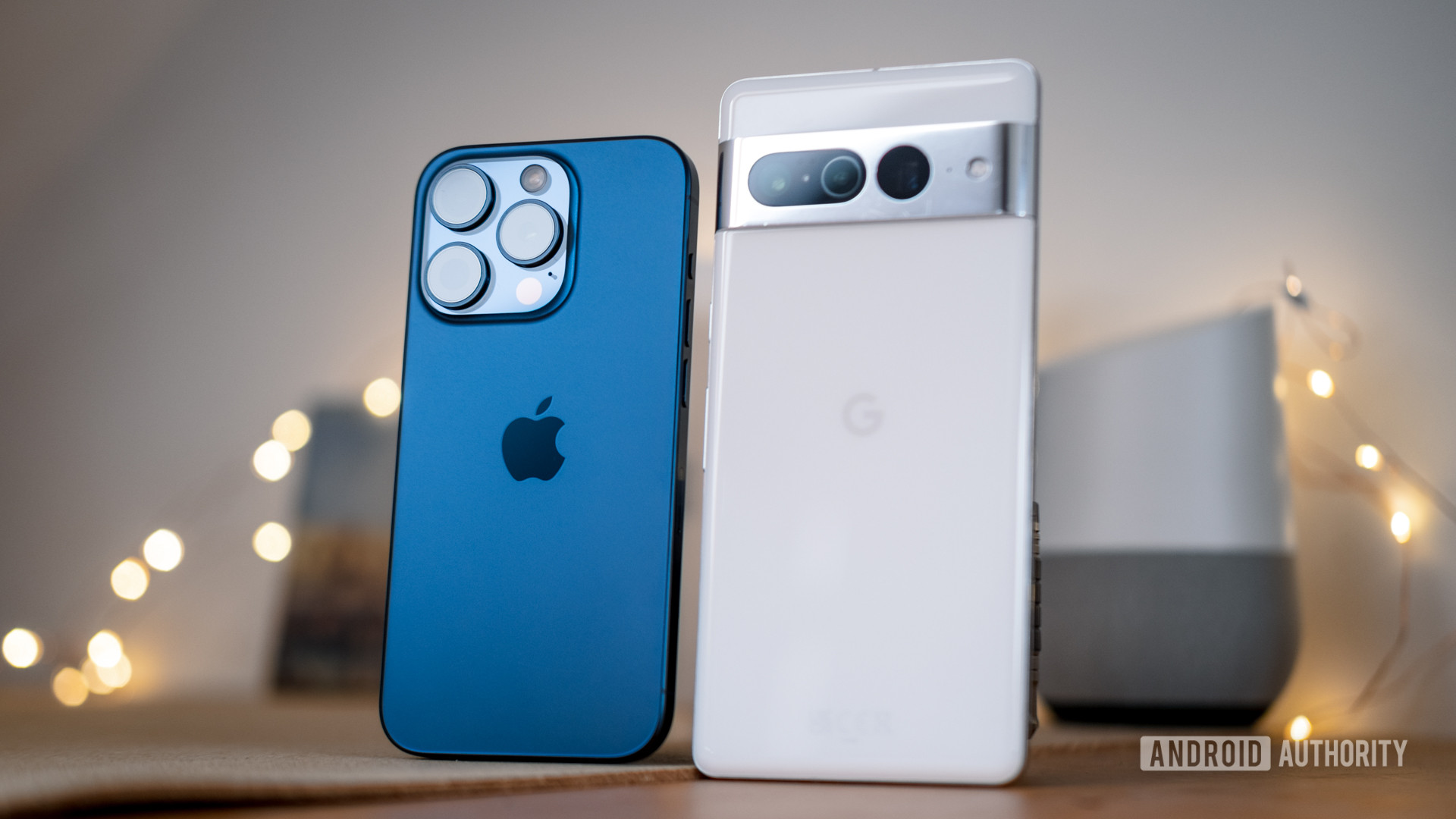Affiliate links on Android Authority may earn us a commission. Learn more.
Conflict minerals: The dark side of your smartphone
Published onSeptember 26, 2024

Do you know the true cost of your new smartphone? The price may have been reason enough to give you pause before buying, but we’re talking about ethical considerations. There’s a good chance there are conflict minerals in your phone, the extraction of which often comes at a human and environmental cost. If you were as aware of this as you were of the sticker price, it would give you more food for thought when considering whether you need to upgrade your handset each year.
Conflict minerals are a complicated issue with a dark history. Here’s a very brief overview of the problematic nature of these resources.
What are conflict minerals?
Conflict minerals refer to specific natural resources extracted in conflict zones. Their sale can directly finance armed groups, perpetuating violence and human rights abuses. These minerals are often referred to by the acronym “3TG,” which stands for tin, tantalum, tungsten, and gold. These elements are essential in producing smartphones, laptops, and other consumer electronics.
What makes them problematic?
The extraction and trade of conflict minerals have severe humanitarian and environmental impacts. In regions like the Democratic Republic of Congo (DRC), armed groups control mining operations, subjecting workers to extreme violence, forced labor, and inhumane conditions. Unregulated mining practices also lead to significant environmental degradation like deforestation and water contamination.
If that weren’t bad enough, the revenue generated from these minerals fuels ongoing conflicts, exacerbating instability in already vulnerable areas.
Which conflict minerals are used in your phone?

It’s no coincidence that each of the 3TG conflict minerals plays an important role in the construction of modern phones. Here’s how they’re used:
- Tantalum: Used in capacitors that control the flow of electricity in your phone.
- Tin: Employed as solder for circuit boards.
- Tungsten: Vital for the phone’s vibration motor.
- Gold: Utilized in the wiring and connectors due to its excellent conductivity.
It’s not as if the phone manufacturers are oblivious to the problematic nature of these conflict minerals. The issue is that no OEM wants to cede ground in the ongoing race to stay at the forefront of smartphone technology, and these minerals are indispensable in making phone components smaller, faster, and more efficient. It’s the uniquely effective nature of these minerals for technological purposes that drives the dark industry behind their extraction.
What are phone manufacturers doing about it?
Many tech companies, including Apple, Samsung, and Google, have made public commitments to address the issue of conflict minerals in their supply chains.
- Apple: The company claims that since 2016, all of the tin, tantalum, tungsten, and gold in its products have been sourced from conflict-free mines. Apple also conducts regular audits of its suppliers to ensure compliance with its stringent sourcing standards. Learn more in Apple’s 2024 Conflict Mineral Report.
- Samsung: Samsung has established a comprehensive due diligence process that includes on-the-ground assessments and collaboration with international organizations to trace the origins of the minerals in its supply chain. The company reports that a significant percentage of its mineral suppliers are certified as conflict-free. Find out about Samsung’s Responsible Minerals Management.
- Google: Google’s parent company, Alphabet, also takes an approach that focuses on transparency and collaboration, partnering with organizations like the Responsible Minerals Initiative (RMI) to develop tools for better traceability and responsible sourcing of minerals. You can Download Alphabet’s 2023 Conflict Minerals Report here.
While these initiatives represent progress, it remains quite likely that a modern flagship smartphone still contains some level of conflict minerals. This is primarily due to the complexity and opacity of global supply chains, which make it challenging to ensure that every single component is conflict-free.
Does the government do anything about conflict minerals in phones?

Legislation has been introduced around the world to hold companies accountable. For example, the US introduced the Dodd-Frank Wall Street Reform and Consumer Protection Act in 2010, with Section 1502 requiring publicly traded companies to disclose whether the 3TG minerals in their products may have originated from conflict zones. It requires manufacturers to conduct due diligence on their supply chains and file annual reports with the US Securities and Exchange Commission, which is why you see the detailed reports from manufacturers in the section above.
The European Union has implemented its own regulations through the EU Conflict Minerals Regulation, which came into full effect in January 2021. Like the US legislation, the goal is to create a more transparent supply chain and reduce the market for conflict minerals in Europe.
What can you do?
It’s easy to feel powerless when it comes to global issues like conflict minerals in phones, but small actions can make a difference. You could raise awareness of the issue, support legislation to drive change, or even join campaigns, but you don’t have to participate so actively to make your actions count.
Taking the time to research the company you’re buying your next phone from is the most straightforward step you can take. It doesn’t take long to find out the brand’s stance on conflict minerals, and choosing to support companies that are committed to ethical sourcing is a way to vote with your wallet. There are brands out there that go above and beyond in ensuring their products are made with conflict-free or recycled materials. Fairphone, for example, has built its entire business model around ethical sourcing and sustainability.
On a more practical level, you can decide if you actually need to buy a new device just yet. When it’s essential, you can consider if your next phone has to be brand new or if you’d be happy with a refurbished model. Another excellent way to reduce the demand for conflict minerals is to recycle your old electronics. Many of the valuable minerals in our devices can be recovered and reused, so check if your local electronics store has a recycling program. If not, consider donating your old devices to organizations that refurbish and reuse them.